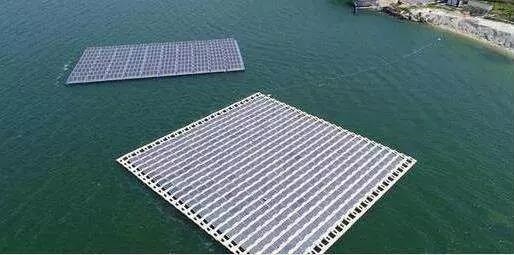
For the photovoltaic power station composed of HDPE floating body, this type of floating body mainly includes the following parts: main floating body, aisle floating body, component connector and anchoring system. The main floating body is used to fix the components, while the aisle floating body is used to connect the main floating body. This type of floating body will not adopt the form of rigid connection.
For HDPE floating body, the main production method is blow molding. That is to use the fixed mold to blow the floating body at one time. From the perspective of safety, the following aspects should be paid attention to:
1. Weather resistance
As HDPE floating body will be used in outdoor water surface for a long time, its weather resistance will directly affect the safety of the whole photovoltaic power station. In view of this content, it is suggested to carry out specific aging test for the floating body, including damp heat aging test and ultraviolet aging test. The specific environmental parameters can refer to the specific standards of corresponding items in IEC61215, and the tensile fracture stress of products before and after the test is compared Retention rate, which can refer to the specific provisions in GB / T1040.2.
2. Basic performance
The basic performance of floating body mainly includes the following aspects:
1) The buoyancy of the floating body can be calculated based on the size and weight of the components carried by the buoy.
2) Refer to the specific requirements in GB/T 1040.2 for the retention rate of tensile fracture stress.
3) Air tightness. It is to ensure that the floating body will not hesitate to appear air tightness problems when the thermal barrier shrinks.
4) The specific requirements of flame retardant new energy GB/T 2408 can be referred to for fire performance.
3. Environment-friendly type
The floating body will be directly put into the water body, which shall not affect the water environment. In this part, the relevant contents of IEC62321 standard can be referred to for the relevant inspection and verification of the floating body materials.

